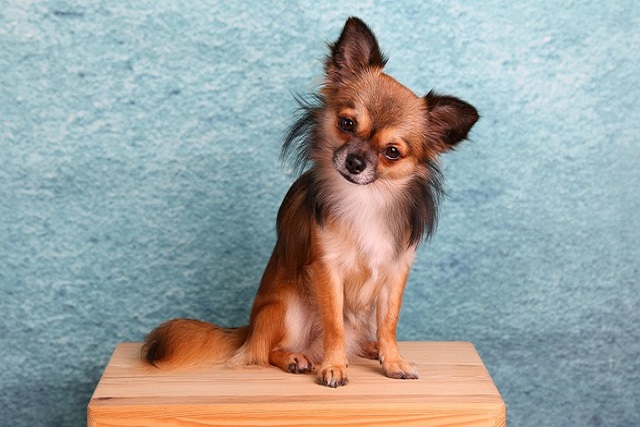
Would veterinarians recommend using dental cleaning sticks for pet dogs
If you’ve ever stood in the pet store, staring at a wall of dental chews while wondering if they’re worth the money, you’re not alone.
Telling apart male and female Huskies isn’t always as straightforward as it seems, especially when they’re puppies. Those fluffy coats and playful energy can make it tricky, but with a few key observations, you’ll start to notice the differences. Let’s break it down in a way that makes sense for any Husky lover.
First, size often gives a clue, though it’s not a hard rule. Male Huskies tend to be a bit taller and heavier once they’re fully grown—usually standing around 21 to 23.5 inches at the shoulder and weighing 45 to 60 pounds. Females, on the other hand, might hit 20 to 22 inches and 35 to 50 pounds. But remember, every dog is unique; some females can be stockier, and some males might be on the smaller side. It’s more about general trends than strict measurements.
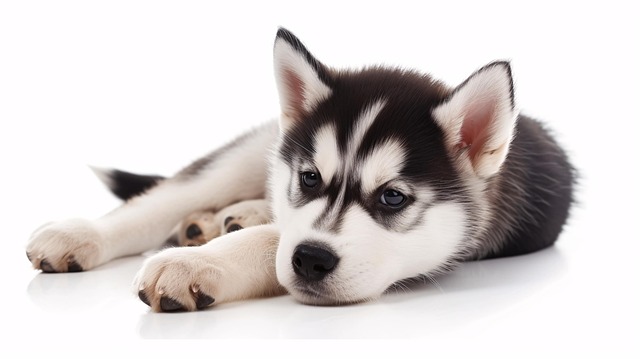 Physical features beyond size can help too. Males often have broader heads and thicker necks, giving them a more robust look. Their chests might feel a bit wider when you give them a gentle pat. Females, by contrast, tend to have narrower heads and more streamlined bodies. When they’re adults, the differences in their reproductive anatomy become clearer, but for puppies, these subtler body shapes are better indicators.
Physical features beyond size can help too. Males often have broader heads and thicker necks, giving them a more robust look. Their chests might feel a bit wider when you give them a gentle pat. Females, by contrast, tend to have narrower heads and more streamlined bodies. When they’re adults, the differences in their reproductive anatomy become clearer, but for puppies, these subtler body shapes are better indicators.
Behavior can play a role too, though personality varies a lot. Male Huskies sometimes show more dominant traits—like marking territory or being a bit more stubborn during training. They might also be more prone to wandering if not properly leashed, which is why keeping them secure aligns with local regulations about public safety. Females, while still energetic, often mature a bit faster and can be more focused during obedience work. Of course, early socialization and training matter more than gender when it comes to good behavior.
It’s important to remember that these differences don’t make one better than the other—both male and female Huskies bring that same lively spirit and loyalty. What matters most is choosing a dog whose energy and needs match your lifestyle. And don’t forget, whether you’re adopting a male or female, staying up to date with local laws on licensing, vaccinations, and leash requirements keeps everyone safe, including your Husky.
Taking the time to learn these distinctions can also help with care. For example, females may have specific needs during heat cycles, and males might benefit from extra training to manage their wandering instincts. But at the core, every Husky, no matter their gender, thrives on love, exercise, and a consistent routine. With a little patience, you’ll not only tell them apart but build a bond that makes all those little details feel like part of what makes your Husky one of a kind.

If you’ve ever stood in the pet store, staring at a wall of dental chews while wondering if they’re worth the money, you’re not alone.
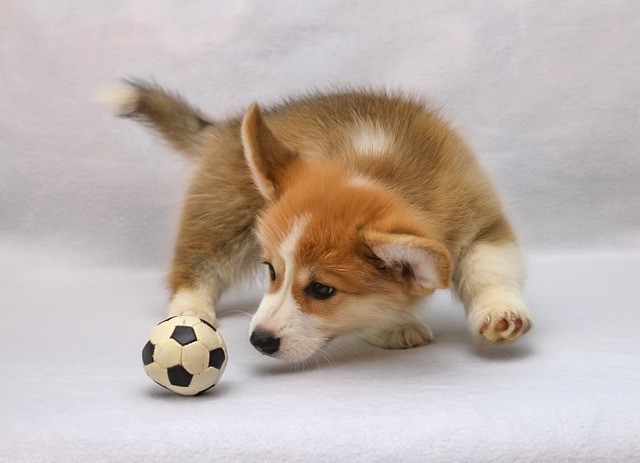
Walk down any pet store aisle, and you’ll see shelves lined with dental chews—colorful, bone-shaped treats promising to clean teeth and freshen breath.
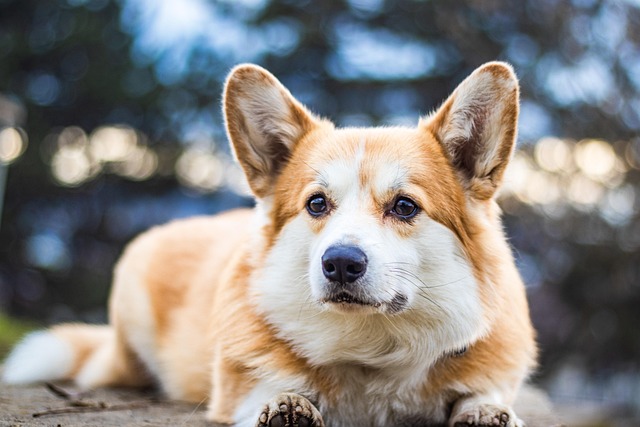
If you’ve ever struggled to brush your dog’s teeth—dodging wiggly heads, slobbery paws, or the occasional playful bite—you’ve probably wondered about easier alternatives.
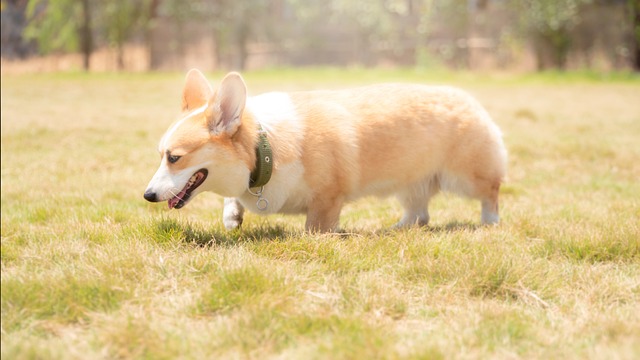
Finding your dog lethargic, with dry gums and sunken eyes, is enough to make any new pet owner panic. Dehydration creeps up fast
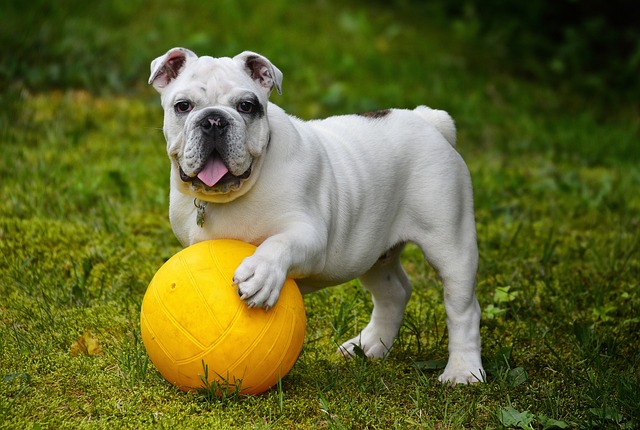
Watching your golden retriever scratch his ears raw after meals or sprint to the backyard with digestive urgency turns dinnertime into a nightmare.
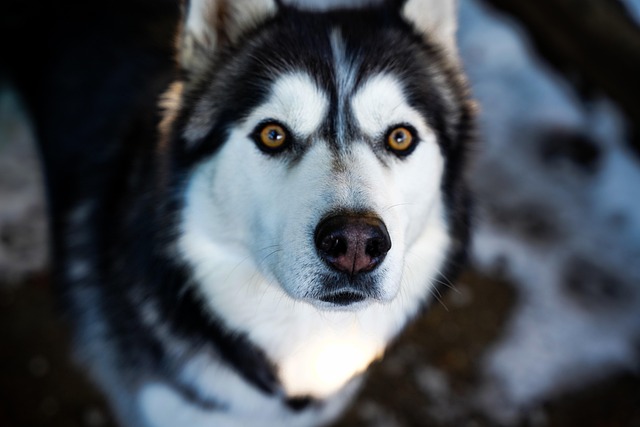
There’s something undeniably captivating about a husky’s gaze, and when those eyes are a rich shade of brown, it’s like stumbling upon a hidden gem.